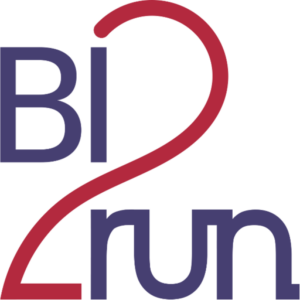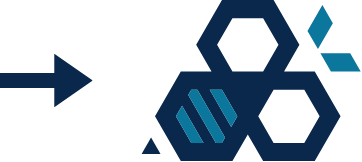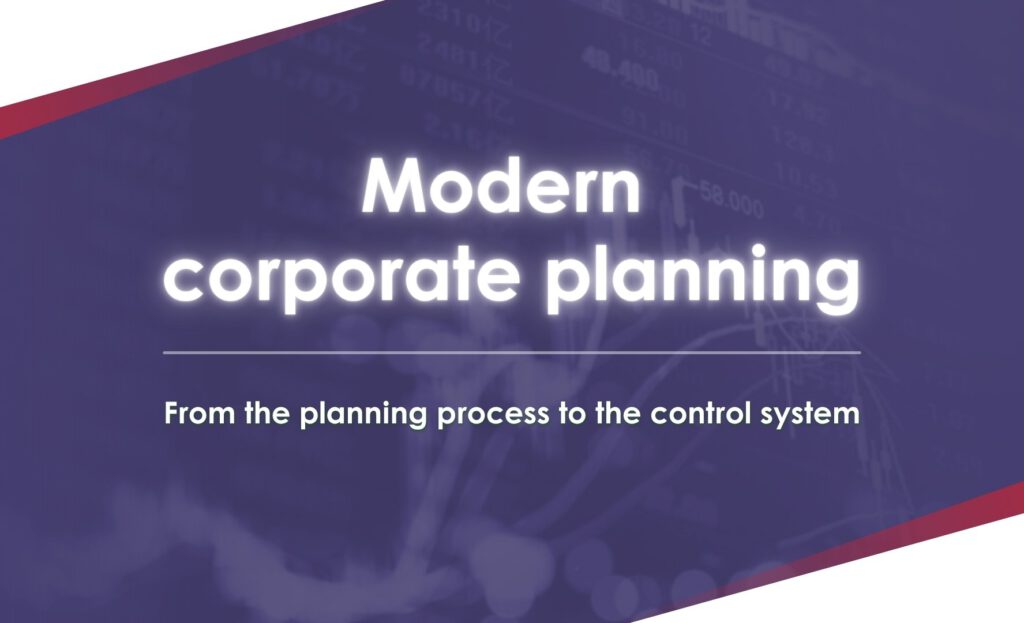In many companies, planning is still done the same way it was ten years ago: complex Excel spreadsheets, rigid budgets, and lengthy coordination processes. But in a world where markets are constantly changing, more than just an annual collection of figures is needed.
Modern planning is dynamic, networked, and forward-looking. It is no longer a bureaucratic process, but a genuine control system that helps the company make faster and more informed decisions.
Why traditional planning has its limitations
Traditional annual planning has a problem: it is already outdated as soon as it is finished. Markets, prices, and demand continue to evolve, while planned values remain static.
The result:
- Forecasts that no longer match reality,
- controlling teams that spend more time maintaining data than analyzing it,
- and management that has to make decisions based on uncertain information.
Or, as one customer recently put it:
“We have a very precise plan—which, unfortunately, is no longer valid.”
What dynamic planning means
Dynamic planning means making ongoing adjustments instead of corrections once a year. It works like a navigation system: if the route changes, it is automatically recalculated—without having to redo the entire plan.
Three key elements characterize this approach:
1. Rolling Forecasts
Instead of annual planning, planning is done on an ongoing basis—usually with a 12- to 15-month outlook. This ensures that the view of the future always remains up to date.
2. Driver-based models
Not every account needs to be maintained manually. Drivers such as price, quantity, or staffing levels automatically control the relevant values.
3. Scenarios and what-if analyses
“What happens when raw material prices rise or sales decline?” With modern planning systems, these questions can be answered in minutes.
The result is planning that grows with the business—flexible, responsive, and reliable.
From the planning process to the control system
When planning works, it becomes control. Instead of pure data collection, a living system emerges that connects all levels:
- Central database: SAP, CRM, or data warehouse provide consistent actual data.
- Uniform logic: Drivers and formulas apply to everyone.
- Decentralized responsibility: Departments plan themselves—but within a common model.
- Transparency: Every version is traceable, every value explained.
This turns planning into an integrated management tool that prepares decisions rather than delaying them.

IBM Planning Analytics as an enabler
Truly dynamic planning requires a system that is flexible enough to grow with change. This is where IBM Planning Analytics (TM1) comes into its own:
- Real-time calculations and simulations thanks to in-memory technology,
- freely modelable structures – no rigid framework,
- Excel-like inputs via Planning Analytics for Excel (PAfE),
- web-based dashboards via Planning Analytics Workspace,
- direct integration with SAP and other ERP systems.
This creates a planning ecosystem that is both technically stable and professionally flexible.
Practical example: From annual planning to rolling forecast
A manufacturing company used to plan annually—a process that took eight weeks and was hardly up to date by the end.
After introducing IBM Planning Analytics with rolling forecasts, the picture changed:
- Planning time halved,
- monthly instead of annual forecasts,
- real-time scenarios for price or demand changes,
- greater acceptance among management, as figures were traceable at all times.
The controlling team describes it as follows:
“We finally have time to talk about numbers—instead of just gathering them.”
Why it’s worth taking this step now
Volatility is the new normal. Companies that can respond quickly to change have a clear advantage. Dynamic planning offers exactly that:
- Agility: Quick response to new market conditions.
- Transparency: Everyone knows where the figures come from.
- Efficiency: Less manual work, more analysis.
- Reliability: Forecasts are based on current data, not gut feeling.
And best of all, implementation is not a mammoth project. With clearly defined drivers and a structured roadmap, a functioning rolling forecast can be set up in just a few weeks.
Our approach at BI2run
We help companies transform their planning process—from rigid cycles to a flexible control system.
Our approach:
- Analysis of the existing planning process
- Definition of relevant drivers and data sources
- Development of a planning analytics model
- Integration with SAP or existing systems
- Training and enablement for specialist departments
The result is a solution that works immediately—technically sound, technically clean, and accepted in everyday use.
Would you like to transform your planning into a real control system? We’ll show you how you can switch to rolling forecasts and scenarios in 90 days with IBM Planning Analytics (TM1).
Book a free strategy call now – we will outline your individual roadmap.







